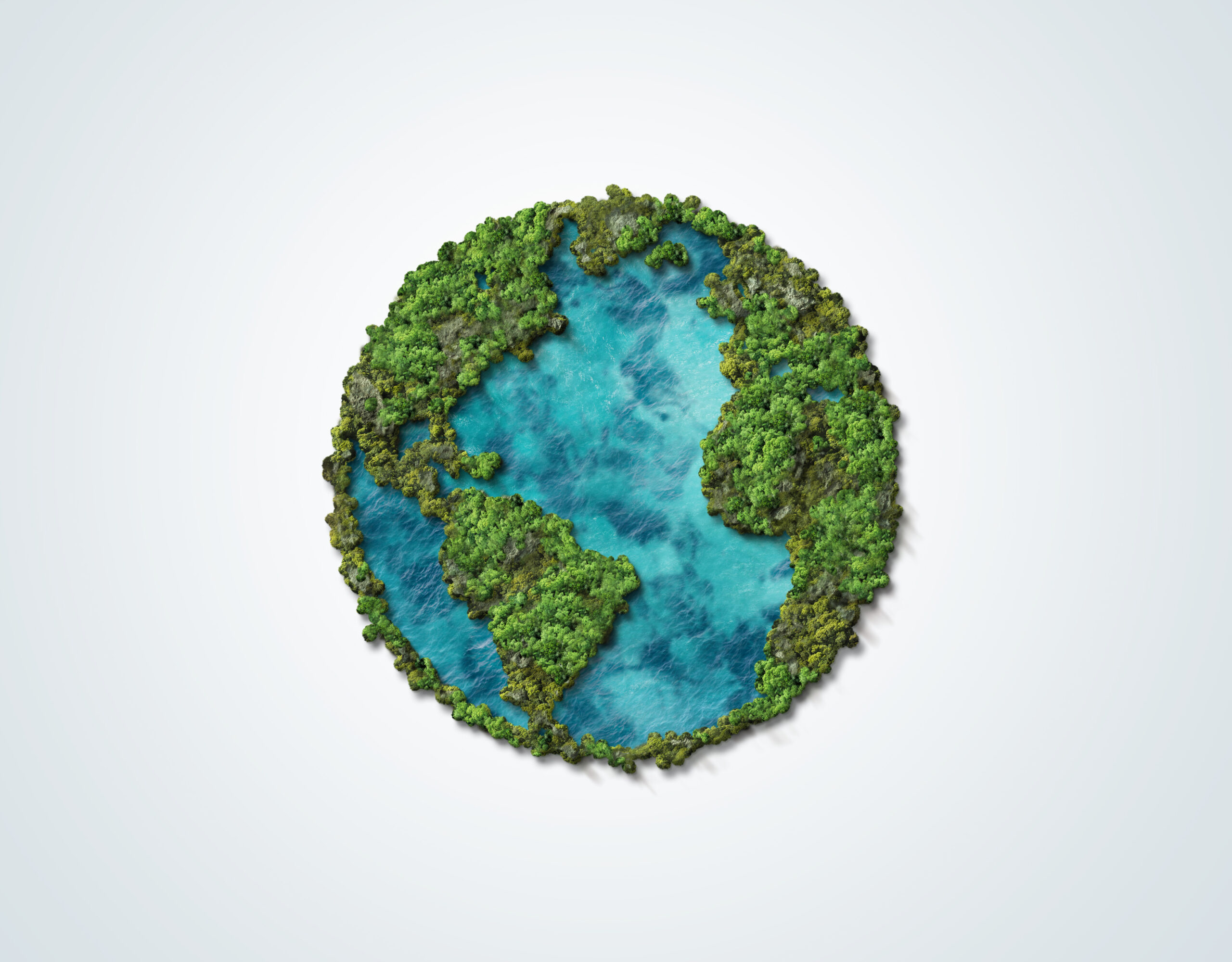By Brian O’Donnell, 2015 Presidential Leadership Scholar and Director of the Campaign for Nature
Up to 1 million species currently face extinction, many within decades.
If we want a future with sea turtles, monarch butterflies, joshua trees, whale sharks, orangutans, and lemurs, we must address the largest causes of biodiversity decline – loss of habitat on land and overexploitation of the oceans. This will help mitigate the impacts of climate change; directly benefit people by providing essential ecosystem services such as clean air, food, water, and medicine; and reduce the increasing risk of natural disasters such as floods and landslides.
To help address the impending crisis, I launched a global campaign to safeguard at least 30% of the world’s lands and oceans by 2030 while simultaneously advancing Indigenous rights and significantly ramping up global finance for conservation. Our collective campaign efforts came to fruition in December 2022 when, in an historic moment, nations came together at the U.N.’s Convention on Biodiversity COP15 and committed to the largest conservation goal ever in an agreement known as the Kunming-Montreal Global Biodiversity Framework (GBF).
It included all our campaign’s goals – and more! In addition, the Wyss Foundation, which provided the generous support to make the campaign possible, helped inspire a group of other philanthropists to collectively pledge more than $5 billion to help communities reach the so-called “30 by 30” goal.
My inspiration to advocate for this unprecedented goal came from my classmates and mentors in the Presidential Leadership Scholars (PLS) program, which brings together leaders from across the Nation who are committed to facing critical challenges at home and around the world and who are interested in exploring lessons learned during the administrations of George W. Bush, Bill Clinton, George H.W. Bush, and Lyndon B. Johnson.
There’s no doubt that the landmark 30 by 30 agreement has provided a moment of hope that the crisis facing nature is finally getting the attention it deserves. But we must now use this renewed optimism and shared commitment to protect nature to fuel our continued efforts. Make no mistake, to achieve the 30 by 30 goal, we need to work together at all levels – from local communities to national governments and international organizations, and the work needs to start now.
The theme for Earth Day 2023 is “Invest in Our Planet.” So here are some ways we can invest:
Individuals can help support the 30 by 30 goal by encouraging more protected and conserved areas including forests, wetlands and grasslands in their local community, state, and country as well as new marine protected areas in the ocean.
Next, we must work with Indigenous peoples and local communities to support their efforts to protect and conserve their traditional lands and resources and secure their land rights. We can also build public awareness and political will by engaging with public leaders and advocating for policies and actions that support conservation and sustainable development.
But perhaps the most important step to reaching the goal will be securing adequate funding. Wealthy nations must commit to mobilizing $20 billion by 2025 in international public finance for biodiversity conservation in developing nations. Most of the world’s remaining biodiversity is concentrated in the Global South, and wealthy nations have a responsibility to help safeguard it for the benefit of all.
As we look ahead at the somewhat daunting task of delivering on the historic conservation agreement, partnerships will be vital, as will new ways of thinking and acting.
My PLS colleagues and I have already made a good start driving change through advocacy and campaign work. Rachael Watson (PLS ’15) is leveraging her expertise in international development and community engagement to lead our work with Indigenous People and local communities. Through his role as Director of the Global Permanence Fund, Brian McPeek (PLS ’15) has been instrumental in securing funding for implementation activities across the globe. Most recently, we’ve begun discussions with global public health expert Neil Vora (PLS ’23) on the links between conservation and pandemic prevention.
We also need philanthropists and governments to fund conservation areas of biodiversity importance and citizens to supporting one another and their local communities in valuing and conserving the wildlife and natural areas around them.
This Earth Day, let’s reaffirm those partnerships and continue the momentum and hope for our planet.
